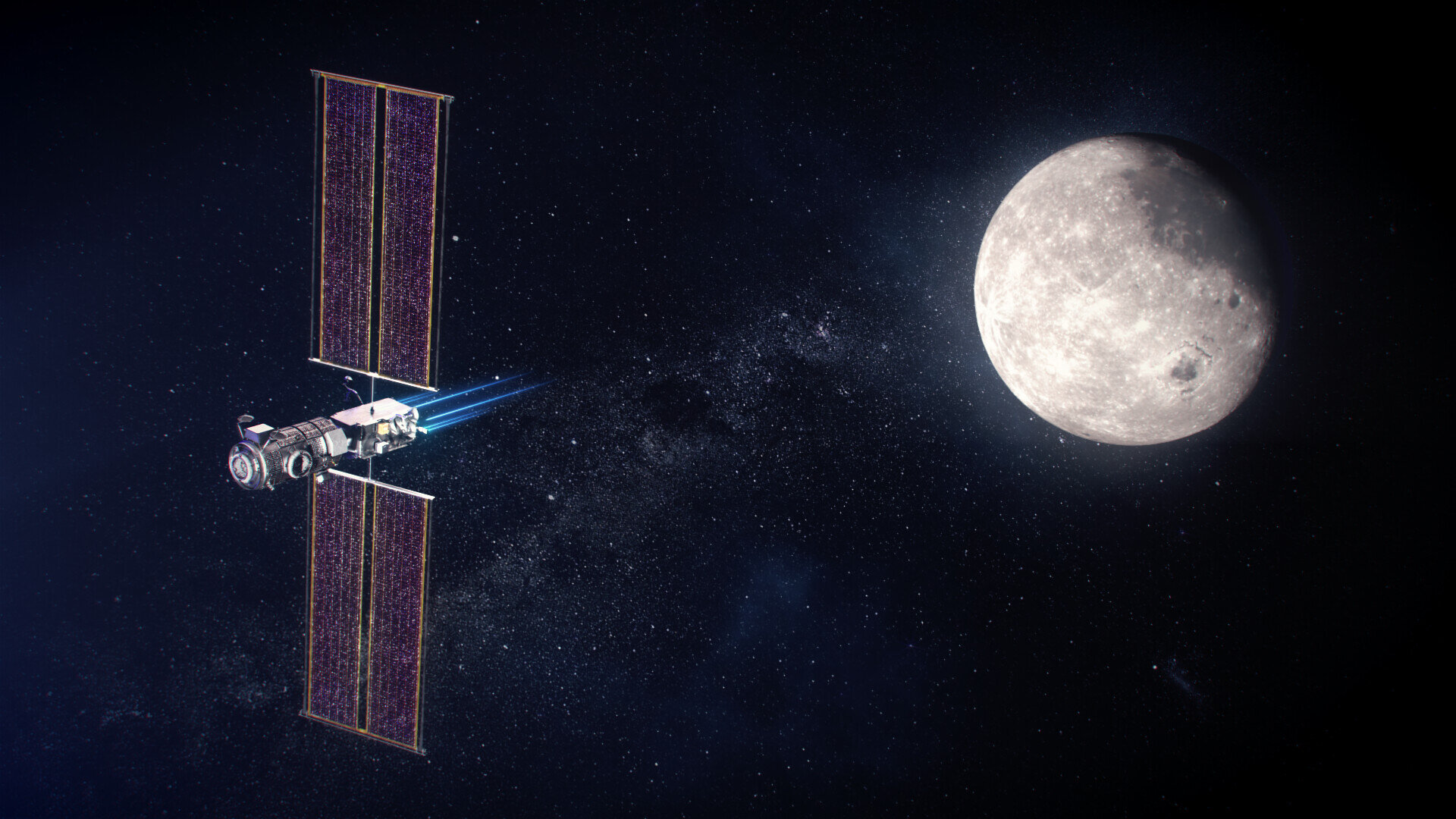A SpaceX Falcon Heavy rocket will carry the first two of four components of the Lunar Gateway into space, NASA’s “port of entry” for crewed lunar exploration and expeditions into deep space; eventually to Mars.
Contract in hand, estimated at $331.8 million, Elon Musk’s spacefaring company is scheduled for a May 2024 launch of the Power and Propulsion Element (PPE) and Habitation and Logistics Outpost (HALO) which the agency determined would simply be too costly to launch separately.
Sending both modules up in sync will require a Falcon Heavy with an extended payload capacity, something SpaceX will likely have to develop and test in the interim.
Six months later than originally anticipated, there is a possibility this May launch date will make the Gateway unavailable to support the Artemis 3 Lunar Lander program, which is looking to fly near the end of 2024.
Combining the modules here on Earth also reduced the need for an in-orbit docking, and by association unnecessary risk.
“That’s both a risk reduction but, more importantly, it’s a huge cost reduction for us,” Doug Loverro, former NASA associate administrator for human exploration and operations, said in a 2020 presentation. “We’ve saved a lot of money by going ahead and putting those together on a single launch vehicle, as well as knocked down both technical and operational risk for the program”.
We Humbly Ask For Your Support—Follow the link here to see all the ways, monetary and non-monetary.
PICTURED ABOVE: A view of the two elements of Gateway – power and propulsion element (PPE) and the habitation and logistics outpost (HALO). Photo credit: NASA Johnson. CC 2.0.




